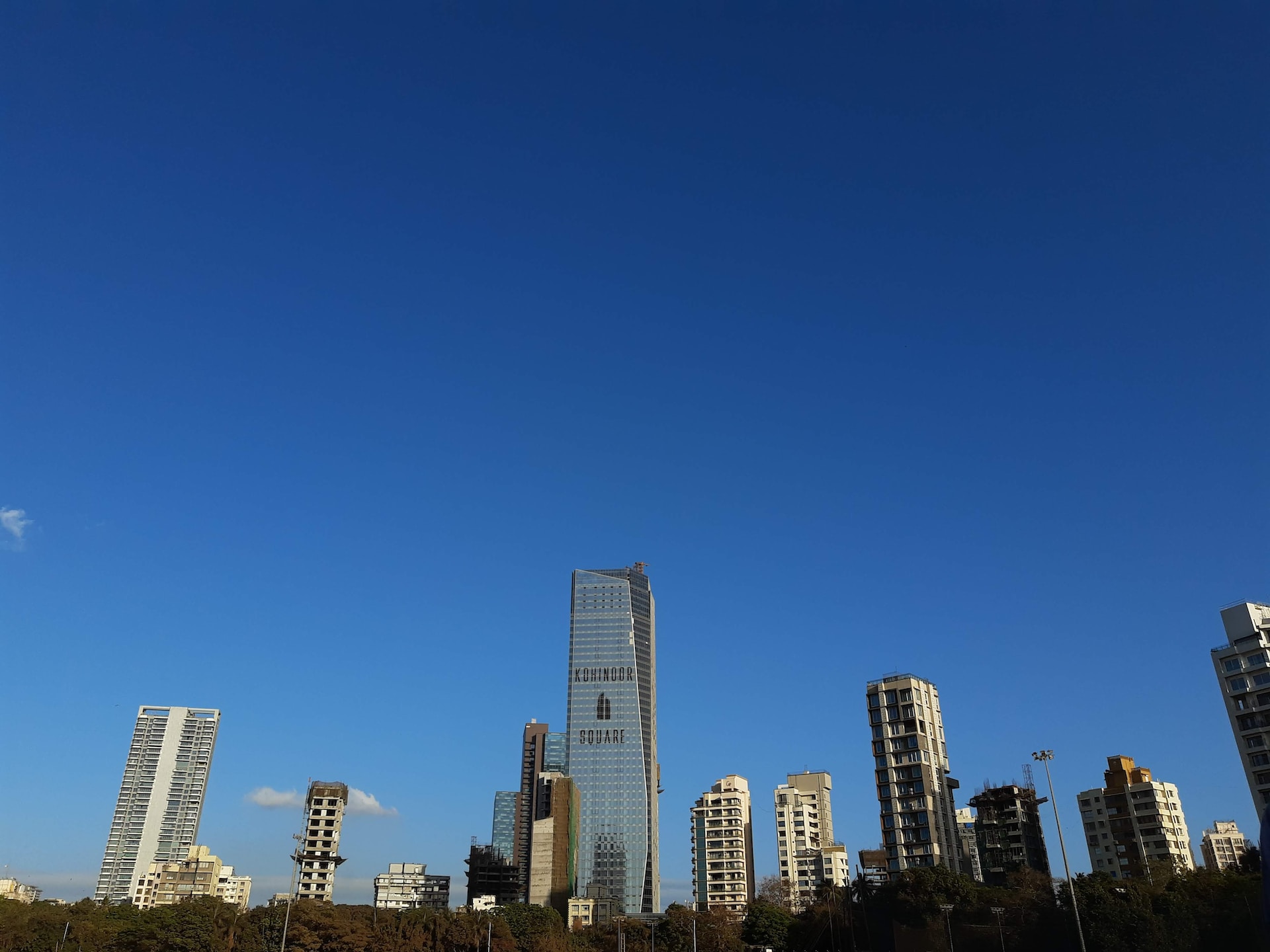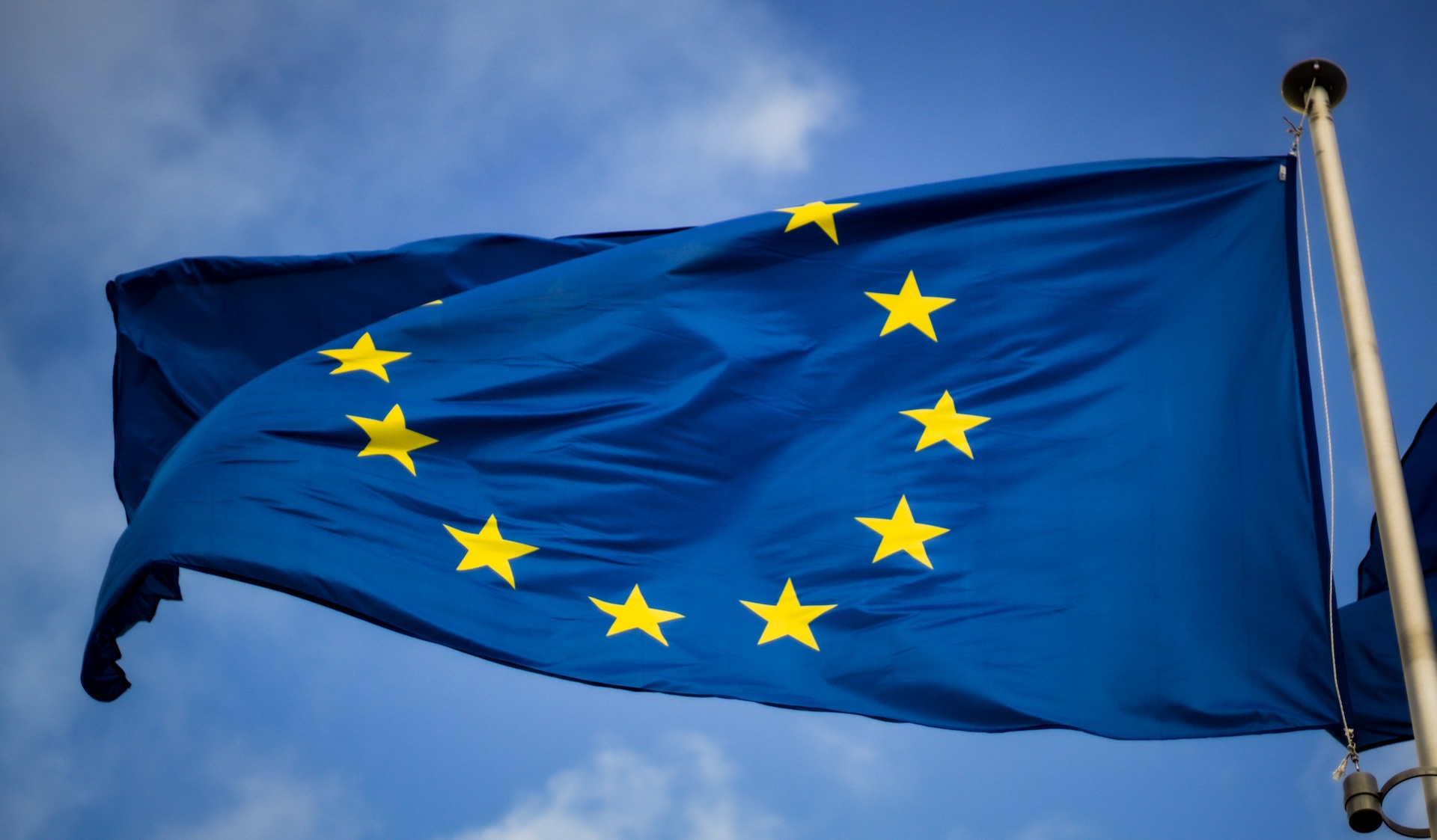The Trans-Pacific Partnership is a comprehensive trade pact between 12 Pacific Rim countries aimed at lowering trade and investment obstacles. The deal benefits exporters in both countries by lowering tariffs and increasing access to new markets. The TPP is a huge deal that will have a significant impact on global commerce, and many firms throughout the world are anxiously awaiting its approval.
Aims of the TPP
The TPP aims to eliminate tariffs, quotas, and other non-tariff obstacles in order to lower trade barriers and enhance trade and investment between participating countries. It also aimed to enhance regional economic integration and establish a set of standard trade norms among participant countries.
The TPP had a major idea of establishing high standards for labor and environmental protection, intellectual property rights, and digital trade. There were further stipulations in the agreement concerning state-owned firms, government procurement, and competition policy.
The TPP was viewed as a mechanism for participating countries to enhance economic growth and job creation by extending trade and investment opportunities. Supporters of the deal claimed that it would benefit small and medium-sized businesses by lowering trade barriers and making it simpler for companies to join new markets.
Some have questioned the TPP for its possible impact on labor rights, environmental protections, and public health. Opponents of the deal said that it would lead to a race to the bottom in labor and environmental standards, as well as limit governments' power to regulate certain industries.
Countries Participating in the TPP
Australia, Brunei, Canada, Chile, Japan, Malaysia, Mexico, New Zealand, Peru, Singapore, the United States, and Vietnam are among the 12 countries partaking in the TPP. These countries are in the Asia-Pacific area and have varying levels of economic development, making the TPP a comprehensive agreement covering a wide range of trade concerns.
Each Benefits for Participating Country's Exporters
- Australia - The TPP helps Australian exporters by lowering tariffs on a variety of items such as beef, dairy, and wine. The agreement also allows Australia to get access to the Japanese market, which is the country's second-largest trading partner.
- Brunei - Brunei is a small country, but the TPP opens up new potential for its industries by lowering trade obstacles and expanding access to other TPP countries' markets.
- Canada - The TPP gives Canadian exporters access to new Asian markets, including Japan and Vietnam. It also reduces duties on a wide range of Canadian exports, including seafood and forestry products.
- Chile - The TPP reinforces Chile's status as a regional trade and investment hub. It also lowers tariffs on important exports including wine, seafood, and fruit.
- Japan - Japan is one of the TPP's largest economies, and the pact gives Japanese exporters access to new markets in Asia and the Americas. Tariffs on Japanese goods, such as autos and electronics, are also reduced.
- Malaysia - The TPP opens up new markets for Malaysian exporters, including the United States and Canada. Tariffs on essential exports such as palm oil and rubber are also eliminated.
- Mexico - The TPP strengthens Mexico's status as the Americas' biggest exporter. It also reduces duties on a wide range of Mexican products, including automobiles and textiles.
- New Zealand - The TPP opens up new markets for New Zealand exporters in Asia and the Americas. It also removes tariffs on key New Zealand exports, including dairy and wine.
- Peru - The TPP strengthens Peru's status as a key South American exporter. It also reduces taxes on a wide range of Peruvian products, including seafood and textiles.
- Singapore - The TPP opens up new markets for Singaporean exporters in Asia and the Americas. It also removes duties on a wide range of Singaporean exports, including electronics and pharmaceuticals.
- United States - The TPP gives American exporters access to new Asian markets such as Japan and Vietnam. Tariffs on several American exports, including beef, pork, and dairy products, are also eliminated.
- Vietnam - The TPP opens up new markets for Vietnamese exporters in Asia and the Americas. It also reduces taxes on a wide range of Vietnamese products, including textiles and footwear.
Related Information

















